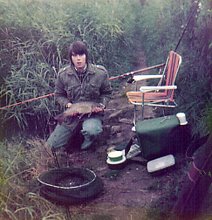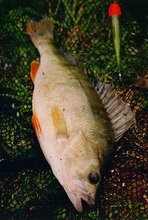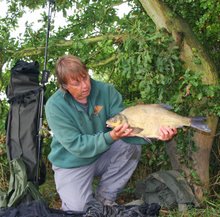I promised in an earlier blog to look at this wonderfully versatile , cheap and healthy meat and I would like to share my all around approach to cooking it. Rabbit can be quite dry and the amazing reason for this is that the animals are so lean they are relatively fat free. That makes it a healthy and efficacious meat but can also make it difficult to keep moist through the cooking process. So I cook all my rabbit in a way that gives you many options concerning the final result but ensures that the meat stays juicy and moist while it's being cooked
 |
| Rabbit, jointed |
.
So here is the way I tackle my rabbit cooking and in this instance I made a couple of pies from the cooked meat.
Ingredients
At least a couple of rabbits, jointed
A couple of finely chopped onions
two or three cloves of garlic finely chopped.
Some bacon chopped finely - about four slices
A sprinkling of plain flour
a glass of red wine
a couple of springs of fresh thyme
two bay leaves
a nob of butter
a couple of tablespoons of olive oil
A good tablespoon of plum/blackcurrant/redcurrant jam or similar
chicken stock to cover the meat in the pot (or just water/vegetable stock)
Salt and pepper
To Turn the rabbit into a pie
A sheet of puff pastry
an egg lightly whisked
a couple of chopped carrots
a couple of potatoes chopped to about a couple of cms square
You'll need quite a large pot that can go on the hob and in the oven (set at about 180 degrees)
Melt the butter in the pan with the olive oil and sear the meat until it is lightly brown. Put to one side.
Add some more oil if needed, then add the bacon and the onions and saute these until they are translucent and soft and the bacon slightly coloured. The bacon adds more fat to the rabbit. Now add the garlic and after a minute or so add back the rabbit, sprinkle with flour and stir in until all these lovely ingredients are amalgamated.
Now add the red wine and the stock to cover all the meat and top off with a good sprinkling of salt and pepper, the thyme sprigs and the bay leaves. leave to simmer away for 5 or ten minutes and then put the pot in the pre-heated oven for an hour or so.
You'll notice that my instructions are not exactly precise, but I think feel and taste is much more preferable than exact measurements and timings...
Now when the meat is cooked, take the joints out of the pan, leaving the sauce and put them on a separate plate. Also remove the thyme and bay leaves.
Here's the clever bit:
You can now:
Put the rabbit away in the fridge (when it has cooled) to use later
Serve with chips and vegetables of your choice and some of the sauce on top
Cover the joints (when they have cooled) in egg floured breadcrumbs and shallow fry until golden
Or shred the meat from the bone and ......
Add back to the sauce with the carrots, potatoes and some peas and make a casserole, or top with mashed potato to make a Poacher's Pie or cook further until most of the sauce has been reduced to make a pie with a flaky topping.
 |
| A rich, unctuous casserole |
For the latter, once the potatoes and carrots are cooked, but not mushy, (this is why I add them later) pour the contents into a pie dish and ALLOW TO COOL. This prevents a soggy pastry.
Roll out you pastry until it is large enough to cover the pie dish and place on top AFTER you have egg washed the edge of the dish. Cut around the tin, removing the excess pastry and crimp the pie to the dish using your finger and thumb. Using a fork, make a couple of holes in the top to allow the steam to escape, egg wash the whole lot really well and put in a 180 degree oven until the pastry is cooked a nice golden brown.
That's it - a way of cooking rabbit to keep it moist and then the choice to do as you wish with it after. This recipe also works with pheasant.........and squirrel!














